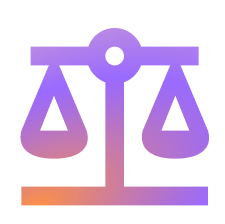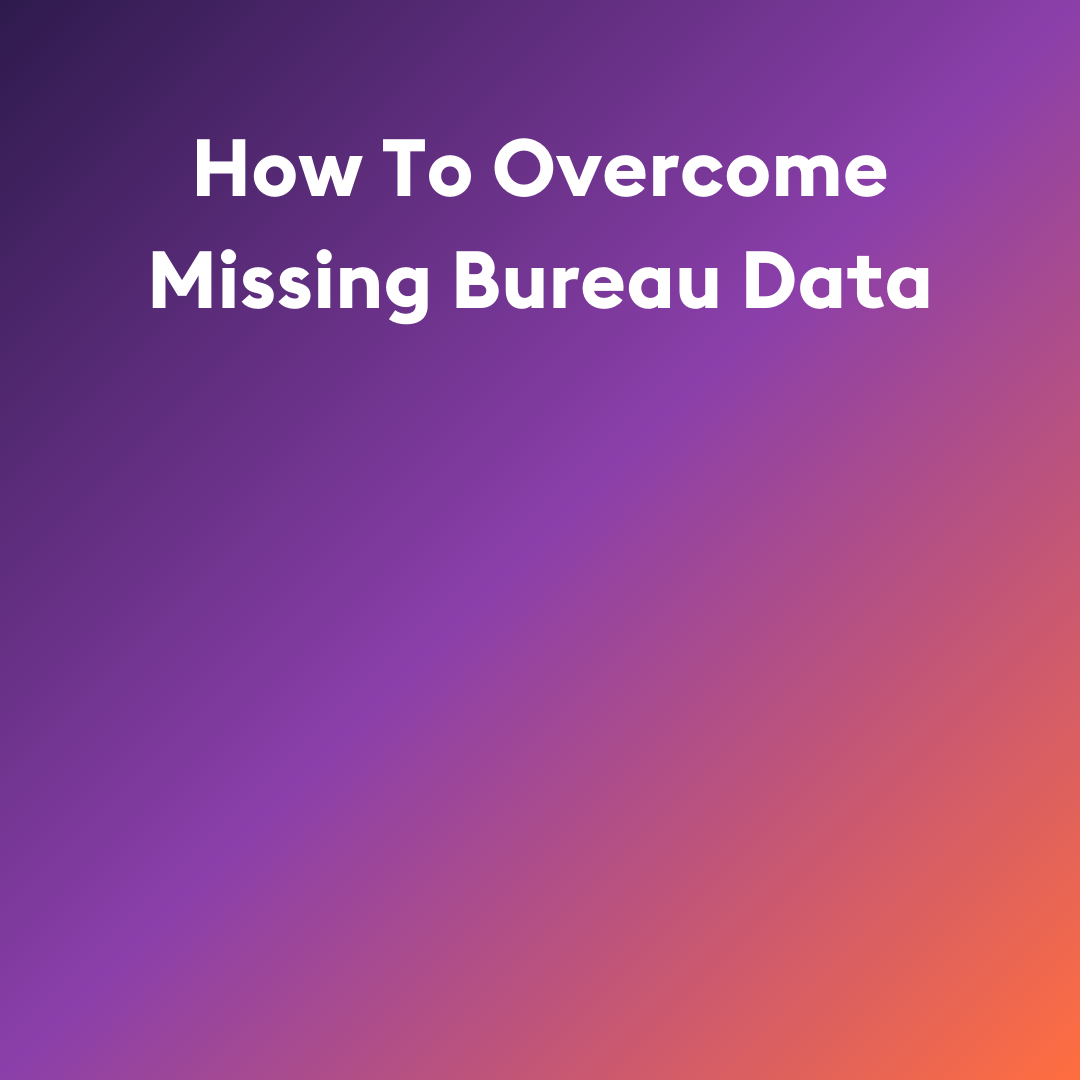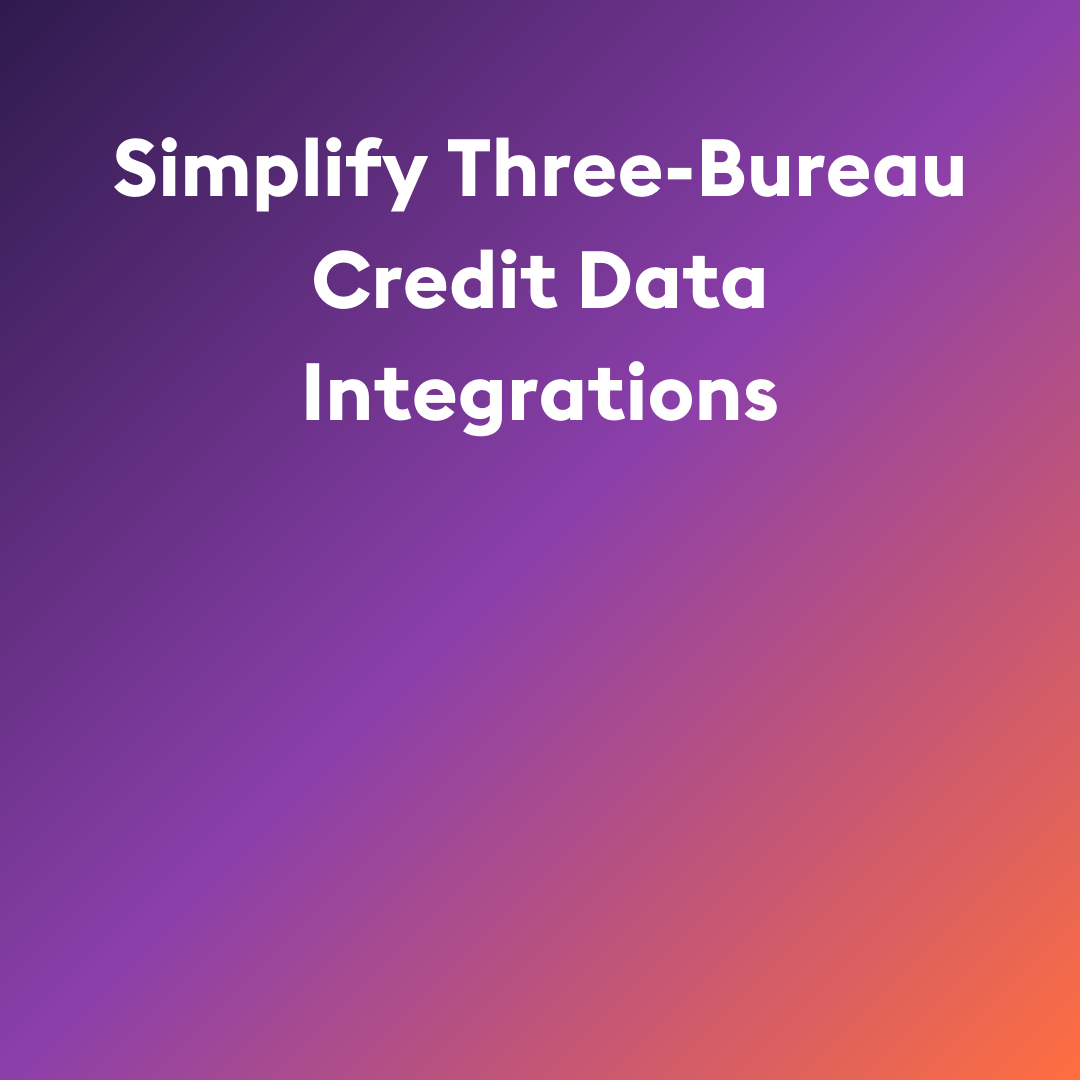A credit score is a numerical expression based on credit and financial history pulled from various credit bureaus. It’s one of the most important ways our society measures financial trustworthiness.
Whether a score is used for business lending and underwriting, renting a property, or hiring an employee, a credit score is an excellent tool for measuring an individual or entity’s creditworthiness. They are the guiding light in the world of financial decision-making – and very useful for businesses assessing financial risk.
Strangely, despite a credit score’s significance, in practice, credit scores can vary across different bureaus. This perplexing reality can initially be confusing for both lenders and borrowers. Pulling a range of credit scores offers a holistic picture of a potential client’s financial situation, helping businesses make informed lending decisions and assess risk accurately.
The CRS platform offers a quick and affordable way for lenders or businesses to access multiple credit reports for different credit bureaus, helping measure and mitigate risk surrounding a potential client. It’s a full-suite solution that empowers financial decision-makers with quick and easy access to a powerful credit data API. Further, the streamlined technology helps companies bridge efficiency gulfs, tapping into their growth potential quickly.
But that still begs the question: Why are credit scores different across bureaus?
Understanding Different Credit Scores: Why the Discrepancies?
For starters, there are three credit bureaus – Experian, Equifax, and TransUnion – and each compiles its own credit reports and credit scores based on its own information. And what are the different credit scores they use? Although there are numerous types of credit scores used in the financial world, credit bureaus commonly utilize FICO Score and VantageScore to calculate.
Now, the reason these credit scores and reports can differ from each bureau is primarily because the credit bureaus do not share information. They gather similar information from similar sources, but it’s not one and the same.
That means sometimes lenders report certain activity to one credit bureau while other lenders report a variation of that activity to another, perhaps due to timing or other variables. What’s more is each credit bureau uses its own algorithm to generate their credit score — and those formulas are constantly evolving and updating, leading to different credit scores for different reports from different bureaus.
That said, credit score discrepancies shouldn’t be too vast. If someone has a high FICO score, they will most likely have a high VantageScore. If there are major issues – say, one report is 50 to 70 points (or more) different from another – there’s a strong chance there’s inconsistent or incorrect information on a report.
Breaking Down Credit Scoring Models
Credit scoring models are what credit bureaus rely on for credit assessment. As stated, the two leading credit scoring models are FICO and VantageScore.
How Are Credit Scores Calculated?
If the same credit factors are being used to determine a credit score, shouldn’t the scores all be the same? Well, it’s a little more complicated than that.
In general, credit scores are calculated through several key factors, including (but not limited) to the following:
- Payment history
- The length of credit history
- Utilization rate (used credit vs. available credit)
- Number of inquiries into a credit file
- Public records (bankruptcies, collections, etc.)
What Is a FICO Score?
The FICO Score distills an individual’s credit history (the above factors) into a three-digit number ranging from 300 to 850. Simply, the higher the score means an individual or entity is more creditworthy.
Currently, about 90% of lenders use FICO Score as a measuring tool. It was developed by Fair Isaac Corporation, and has been commonly used by the public since 1989.
What Is a VantageScore?
Similar to FICO Score, VantageScore uses a three-digit number ranging from 300 to 850 based on credit history – and the higher the score, the better the credit. It was developed collaboratively by the three major credit bureaus in 2006 as an alternative way to measure financial behaviors.
VantageScore takes a wider approach to calculating credit, aiming to be a more fluid and dynamic credit score.
VantageScore Vs. FICO Score: Explaining the Differences
The point of both the VantageScore and FICO Score is the same: to predict the likelihood of someone missing a payment within the next two years. In general, a FICO score of 670+ or a VantageScore of 700+ are considered “good.”
But there are differences in how they are calculated – although, of course, it’s important to be mindful that the exact impact of factors can vary depending on your specific situation and credit history. Let’s break the differences down.
Criteria Differences
Both FICO and VantageScore use similar criteria to measure creditworthiness, but they weigh the categories differently.
FICO uses five categories and calculates their importance by percentages.
- Payment history: 35%
- Amounts owed: 30%
- Length of credit history: 15%
- New credit: 10%
- Credit mix: 10%
VantageScore uses six categories and is less mathematical with exactly how they calculate each section.
- Payment history: extremely influential
- Age and type of credit: highly influential
- Percentage of credit limit used: highly influential
- Total balances and debt: moderately influential
- Recent credit behavior and inquiries: less influential
- Available credit: less influential
Length of Credit History
FICO requires at least six months of credit history and activity to generate a score. VantageScore is friendlier to newcomers or infrequent credit users, using just one month’s history and one account reported within the last 24 months.
Tax Liens and Civil Judgments
FICO significantly considers tax liens and civil judgments, while VantageScore has reduced their impact.
Credit Inquiries
FICO views multiple inquiries within a 45-day period as one inquiry. VantageScore groups multiple inquiries within a 14-day period as one.
Trending Data
FICO uses current credit bureau data. VantageScore focuses on patterns of spending and credit utilization over the last two years.
What Is the Most Accurate Credit Scoring Model?
When it comes to measuring a credit score vs FICO Score vs VantageScore, it might be a little confusing on what the best scoring model is. The accuracy of a credit scoring model hinges on its ability to predict creditworthiness and financial behaviors with precision.
Naturally, this approach requires nuance and a greater understanding of both models. On one hand, FICO provides a picture of credit history. But on the other hand, VantageScore helps analyze current behaviors and how creditworthiness might be currently evolving.
In other words, both are important – and together they provide an accurate financial picture.
The Business Challenge of Credit Score Variations
For loan companies (both commercial lending and consumer lending), bankruptcy lawyers, rental companies, or other businesses with models based around a potential client’s credit score, the different credit scores can create a bit of an obstacle. After all, when measuring financial liability, it’s vital for a business to have a deep understanding of how much risk they’re willing to put forth.
Both FICO Score and VantageScore are important measuring sticks for lenders when thinking about the financial profile of a borrower – and capturing all of that information is not only helpful, but essentially required.
Frustratingly, accessing that data can be time-consuming, challenging, and expensive for business owners and decision-makers. But it doesn’t have to be this way. Enter CRS, a streamlined, easy-to-use, and compliance-ready platform for businesses to get the credit data they need from credit bureaus in a fraction of the time.
The CRS Solution for Credit Score Variations
By offering a comprehensive suite of solutions, CRS credit data API aggregates data from Equifax, Experian, and TransUnion. The platform provides lenders and decision-makers with clear information to navigate credit assessment with confidence and clarity.
The easy-to-use platform is a rapid and cost-effective way to access an individual’s credit reports from various bureaus. This ensures businesses make informed, data-driven decisions that yield positive results. CRS offers the following solutions for credit score variations:
- Capture a holistic picture of an individual’s credit history
- Encourage effective, data-driven decision-making
- Highlight both lucrative opportunities and dangerous risks
- Access various credit reports from different credit bureaus
- Understand the financial profiles of potential clients
Start saving yourself time now. Make decisions that future-ready your business. Contact CRS today.










